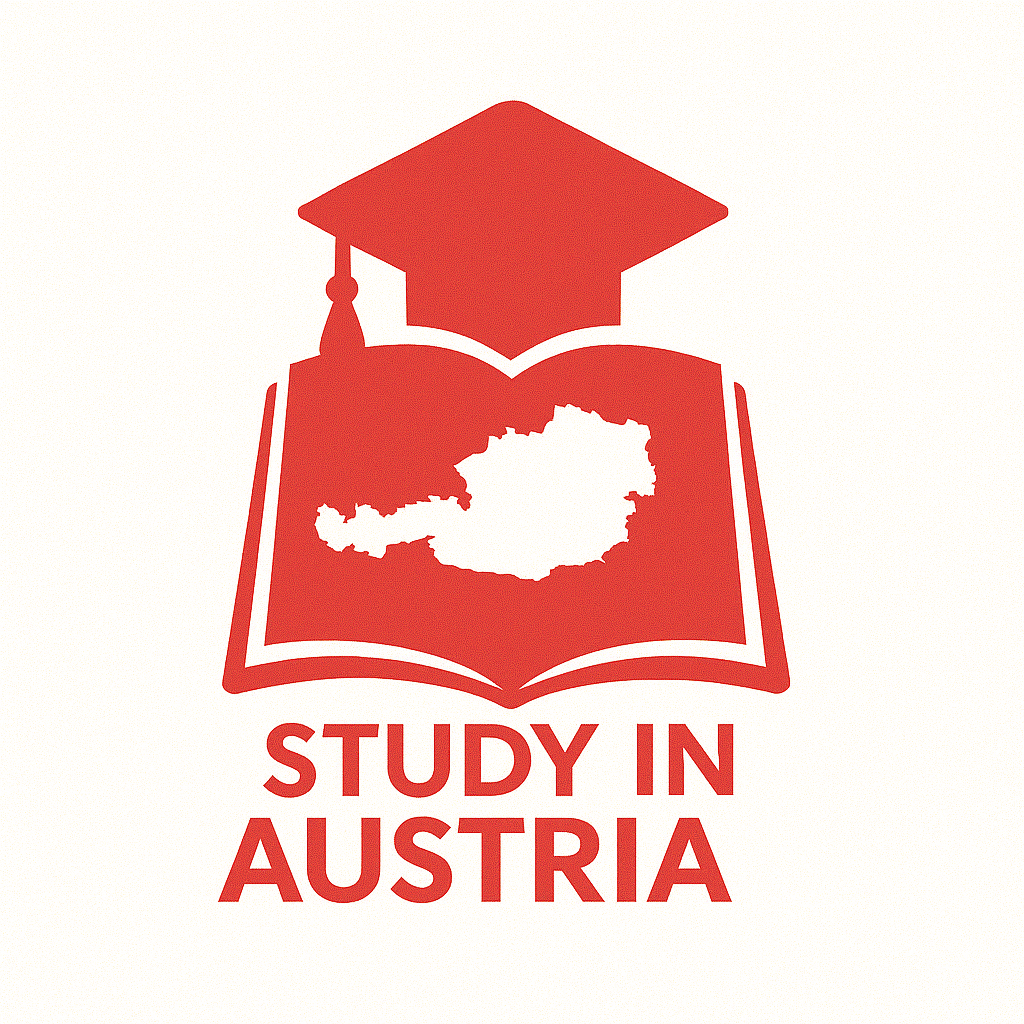A Austria’s Education System: A Comprehensive Overview of Its Global Standing
Quick Navigation
Foundational Structure
Austria offers a free and public school system that forms the backbone of its educational framework. The system is characterized by nine years of mandatory education, providing all children with access to quality schooling regardless of their socioeconomic background. This compulsory education period typically spans from age six to fifteen, covering the first to ninth grades.
Additionally, Austria has extended its commitment to education by implementing compulsory education and training until the age of 18. After completing the nine years of school education, young people must either continue with school education or pursue professional training (Lehre) until they reach 18 or successfully complete a further educational level. This approach ensures that all young people receive adequate preparation for higher education or the workforce, essential factors for international student success.
Educational Pathways
The Austrian education system offers diverse educational paths that cater to different student needs and aspirations:
Early Education and Primary Schooling
The first four years of compulsory education are completed in primary schools (Volksschule or Grundschule), establishing a solid foundation for further learning. Before formal schooling begins, all children who live in Austria must attend one year of kindergarten, recognizing the importance of early childhood education in child development.
Secondary Education Options
From age ten, students can pursue various tracks based on their abilities and interests, including:
- Junior high school or secondary school (Hauptschule or Kooperative Mittelschule)
- New middle school (Neue Mittelschule) in certain provinces
- Lower grades of a higher general secondary school (allgemeinbildende höhere Schule or Gymnasium)
After completing the mandatory education period, students can access vocational-technical tracks or university preparation paths that involve one to four additional years of education. This flexibility is crucial for accommodating the diverse aspirations of international students.
Inclusive Education Approach
Austria demonstrates a commitment to inclusive education through special schools for disabled children or children with special educational needs. Importantly, many of these children are educated alongside others in standard schools through “integration classes,” promoting an inclusive learning environment. This aspect demonstrates Austria’s dedication to education that embraces diversity—crucial in today’s global context.
Higher Education Excellence
Austria combines a long tradition in higher education with state-of-the-art research capabilities. The country offers six types of higher education institutions, including 23 universities, under the oversight of the Federal Ministry of Education, Science and Research. This rich higher education landscape ensures that optimal conditions exist for schools, universities, and research institutions.
The Austrian higher education system is recognized for balancing traditional academic values with modern research approaches, making it an attractive destination for international students pursuing advanced studies. This unique blend caters to both academic and practical skill development, which is vital for students aiming to succeed in a global workforce.
International Perspective
From a global standpoint, Austria’s education system stands out for several reasons:
- Commitment to Free Public Education: Austria’s dedication to free public education removes financial barriers to learning, making education accessible to a broader population.
- Diverse Educational Paths: The balance between vocational and academic paths provides options catering to diverse student needs.
- Quality Assurance: The legal framework established by the School Act of 1962 ensures consistent educational quality across institutions.
- Integration of Innovative Research Methodologies: The combination of traditional educational approaches with innovative research practices enhances the learning experience for students.
Additionally, Austrian schools provide special accommodations for children who speak little German, accepting them as “non-regular pupils” (außerordentliche/r Schüler/in) while offering language support courses to facilitate their integration. This commitment to inclusivity reflects Austria’s understanding of the challenges and opportunities presented by a diverse student population.
The Role of Study in Austria
At Study in Austria, we are deeply committed to supporting international students in navigating this multifaceted education system. By offering vital resources and guidance, we help students understand the various pathways available to them, ensuring they can make informed decisions about their educational journeys. Our expertise in the Austrian higher education landscape positions us as a leader in international recruitment and student placement services.
Conclusion
Austria’s education system, with its emphasis on accessibility, diverse pathways, and quality higher education, presents a competitive model in the global educational landscape, particularly for international students seeking a balanced approach to academic excellence and practical skill development. The commitment to inclusive education and the provision of various pathways not only support the academic pursuits of students but also prepare them for the complexities of the modern workforce.
If you are interested in more information on how Study in Austria can assist you in connecting with potential students or if you seek a partnership to enhance your recruitment efforts, we invite you to contact us today. Together, we can shape the future of education and make a difference in the lives of countless international students.
Take the Next Step with Study in Austria
Explore how we can help you in your educational journey:

